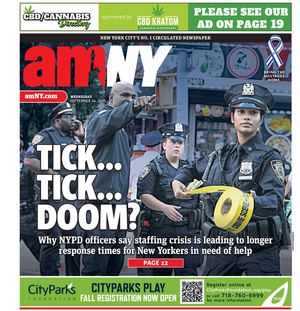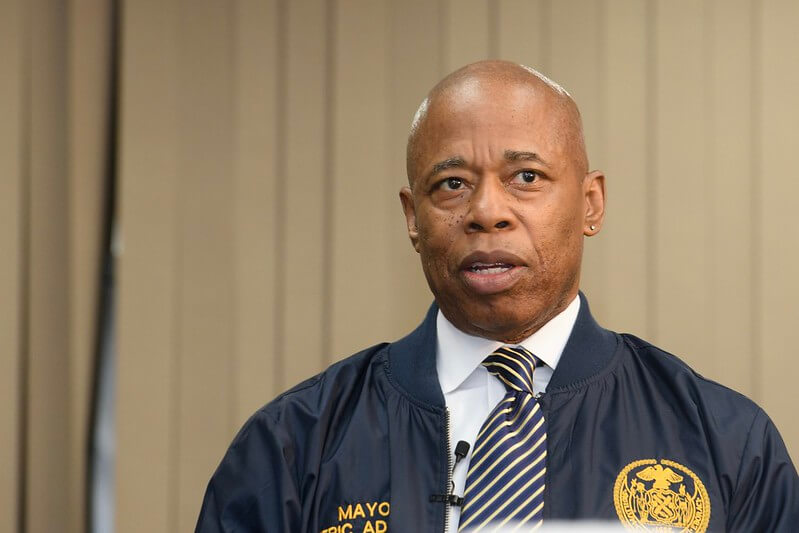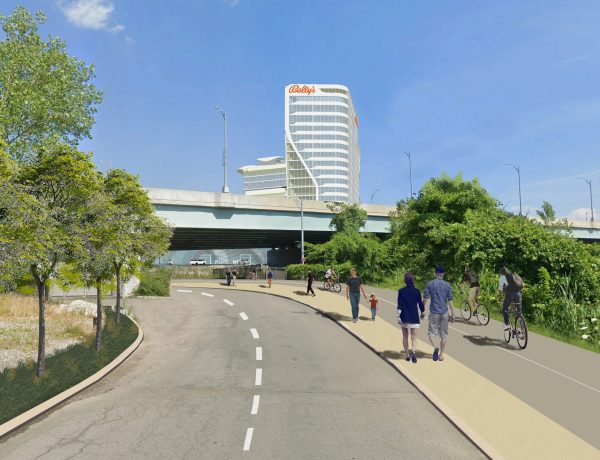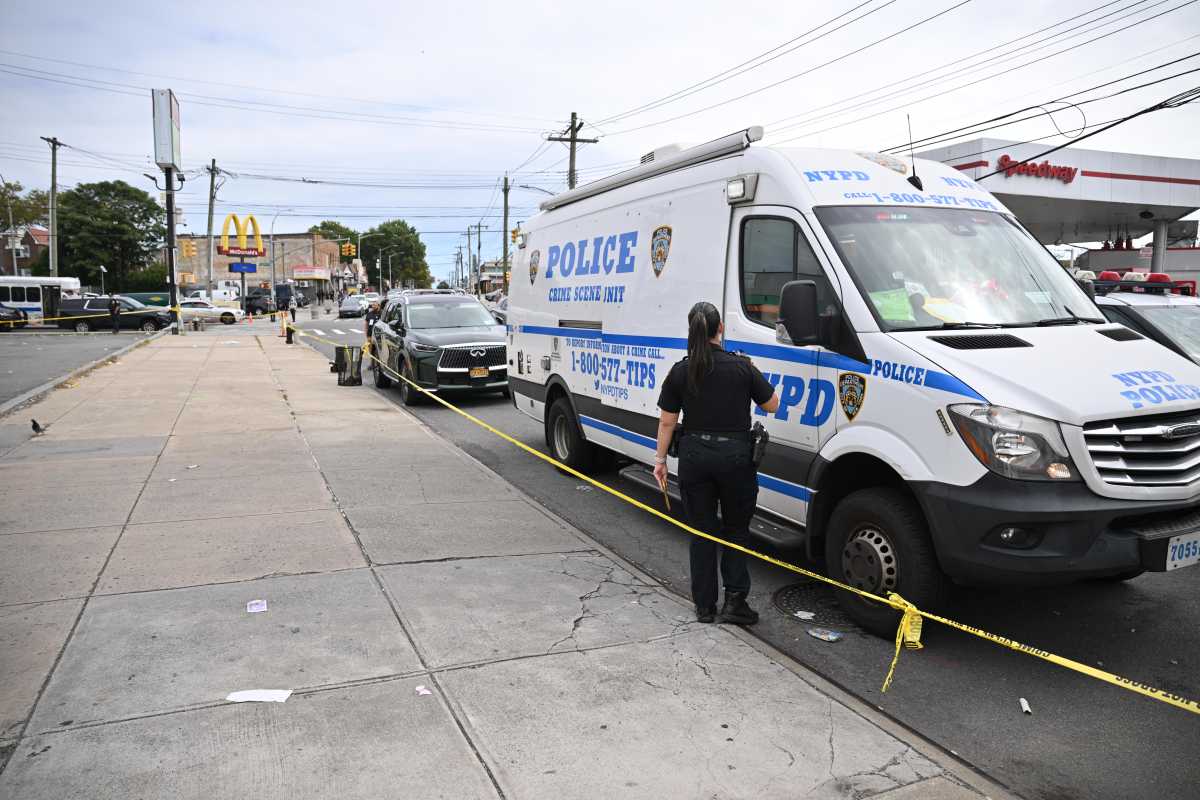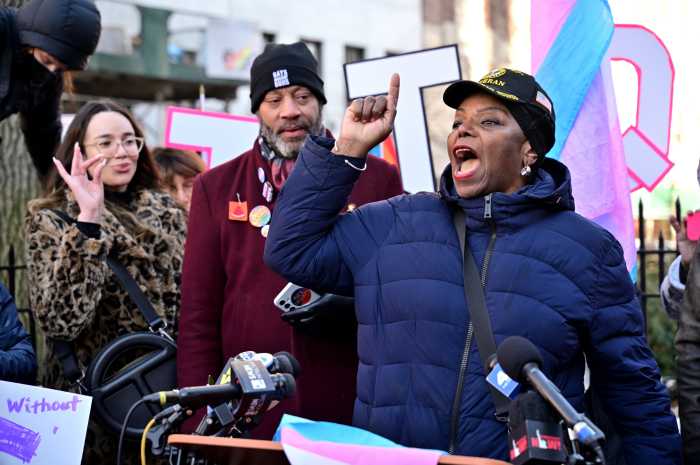In a bid to protect some of the city’s oldest structures, Mayor Eric Adams on Friday unveiled a plan to bolster enforcement for buildings designated as historic landmarks that are at risk because of unknown structural flaws, neglectful owners or unauthorized contractor work.
The plan calls for better early detection of risks for designated buildings, stronger oversight of engineering and improved communication and coordination between the city Landmarks Preservation Commission (LPC) and Department of Buildings (DOB), and improved community outreach — according to City Hall.
“New York City is home to some of our nation’s richest history and protecting our most fragile landmark buildings is a crucial way to ensure those stories continue to be told,” Adams said in a statement. “I am proud of our administration’s ability to drill down, locate the gaps in the preservation process, and create a plan to fix it. This action plan will undoubtedly help save the incredible historic buildings that decorate our city.”
The landmarks commission and buildings department worked in tandem to produce a plan after gauging the risks associated with landmarked buildings by reviewing their policies and protocols, even though the likelihood that such structures will be demolished or deconstructed is quite low, the mayor’s office said. Together, the agencies mapped out the three top risks to historic landmarked buildings and a plan for safeguarding them, upon convening an “expert roundtable” and engaging with community groups, stakeholders and preservation professionals from other cities across the country.
“Time and lack of proper maintenance by owners have a compounding effect on our city’s aging historic buildings,” said DOB Acting Commissioner Kazimir Vilenchik. “These new initiatives spearheaded by LPC and DOB are going to help us proactively identify at-risk landmarked buildings in our city, so we can intervene before structural stability issues worsen and the buildings deteriorate beyond repair.”
To start detecting threats to landmarked buildings earlier on, the plan calls for better data sharing between the two agencies, working with the FDNY to find buildings with compromised roofs, and enhancing the use of DOB’s Forensic Engineering Unit. Additionally, LPC recently hired more workers to assist in keeping track of issues with designated buildings.
When it comes to stronger oversight, the plan will broaden the types of applications that must be reviewed by LPC’s consulting engineer to catch unknown structural deficiencies before a permit from either agency can be issued. Plus, both agencies will conduct inspections amidst extensive construction work, demolition and excavation.
LPC will also increase transparency around the structures by uploading information on violations to its website and providing it directly to community boards, while launching educational programs for building owners.
“Through LPC and DOB’s action plan, we will be able to identify at-risk buildings earlier and take meaningful steps to protect our aging and most vulnerable landmark buildings,” said LPC Chair Sarah Carroll. “The plan also outlines enhanced communications to property owners, community organizations, residents, and other stakeholders to address issues early on to further protect our historic buildings.”
Read more: NYC Water Towers: History and Importance Explained
